We use cookies
We use cookies to ensure that we give you the best experience on our website. Would you like to accept all cookies for this site?
Clinical parameters
Please note these are meant as a guide only and normal animals can vary outside these ranges; interpretations should be made in conjunction with other significant findings, and a full physical exam should never be undertaken without the elephant's handler consent/support.
Introduction
Ahead of approaching any elephant, please ensure with its handler that the animal is in a quiet, relaxed state. If approaching a male, observe the perineum for swelling and the temporal gland openings for swelling/discharge, as these can be signs that this male bull is in musth and can therefore be unpredictable and more aggressive than usual.
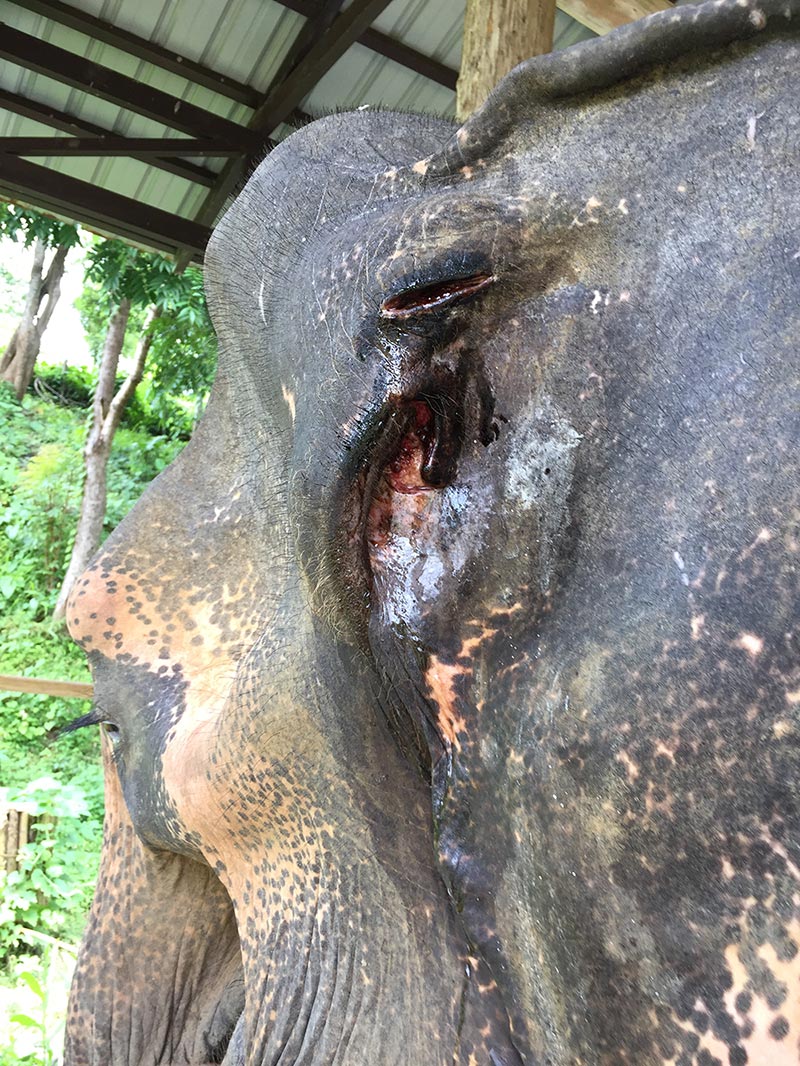
Figure 1 — Skin wound above the temporal gland of an elderly elephant; also notice the pronounced maxillary depression indicative of dental degeneration/loss.
Clinical exam
All body systems should be investigated. The following checklist will help you ensure you have methodically done so.
Temperature — rectal 36-37°C(96.8 to 98.6°F ) or via smart microchip reader inserted behind the left ear 35-36.5° C (95-97.7°F).
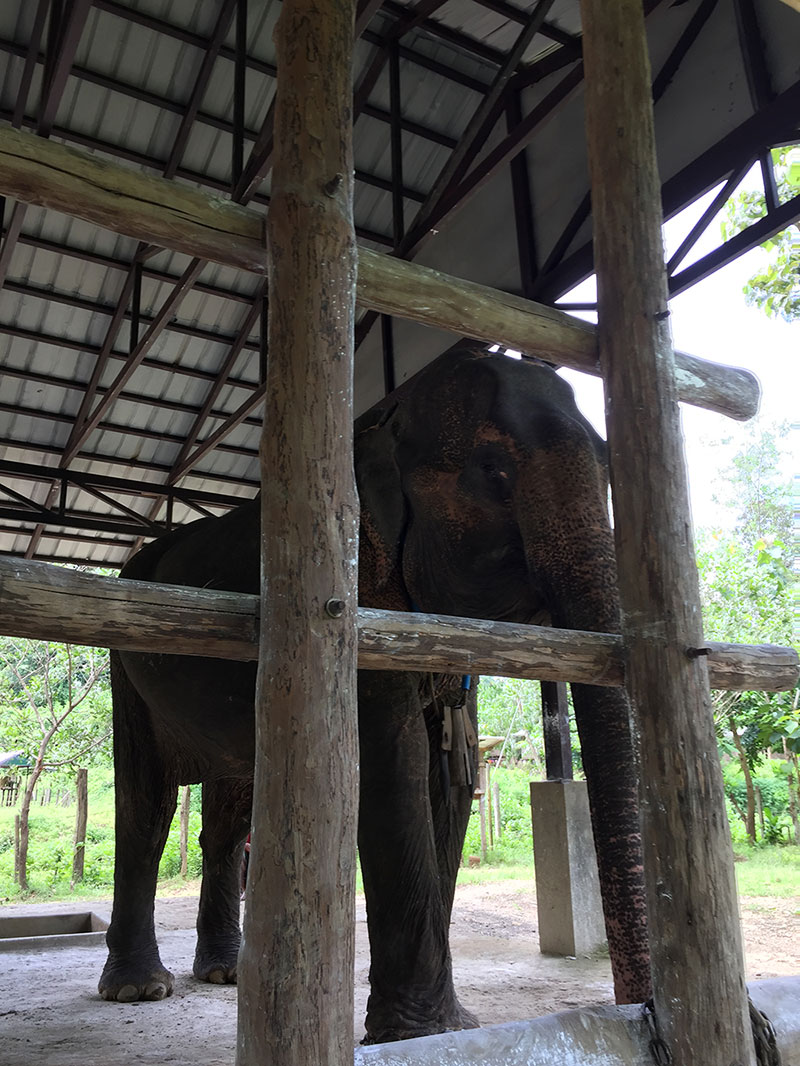
Figure 2 — A set of simple – yet strong – stocks can keep you safe while you examine and treat the animal (seen here as the wooden grid).
Respiratory rate — 4-12 rpm. The tip of the trunk should also be clean, clear and moist.
Heart rate — 25-30 bpm (standing) and 70-98 bpm (in lateral recumbency).
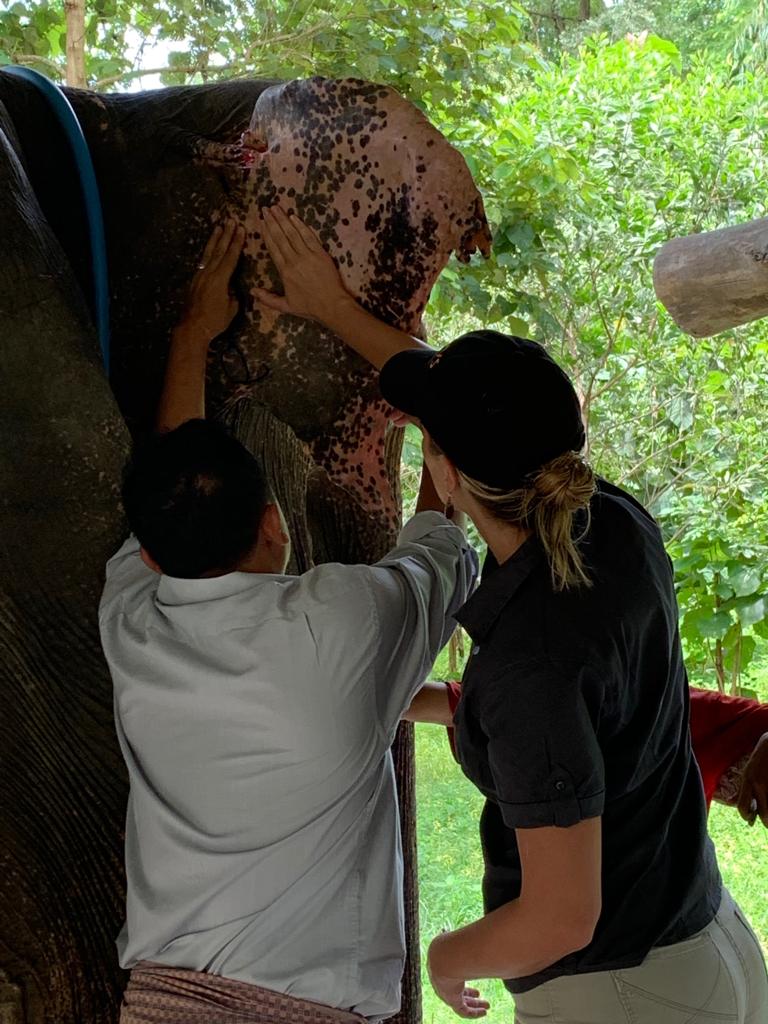
Figure 3 — The pulse rate can carefully be palpated behind the ear – a handy site for vascular bundles where slow intravenous injections can be performed.
Mucous membranes — Eyes should be clear and bright (with a small amount of clear conjunctival sac discharge being normal. General mucous membranes should be pink and moist (visible intraorally by tease-feeding the animal and at the base/tip of the trunk).
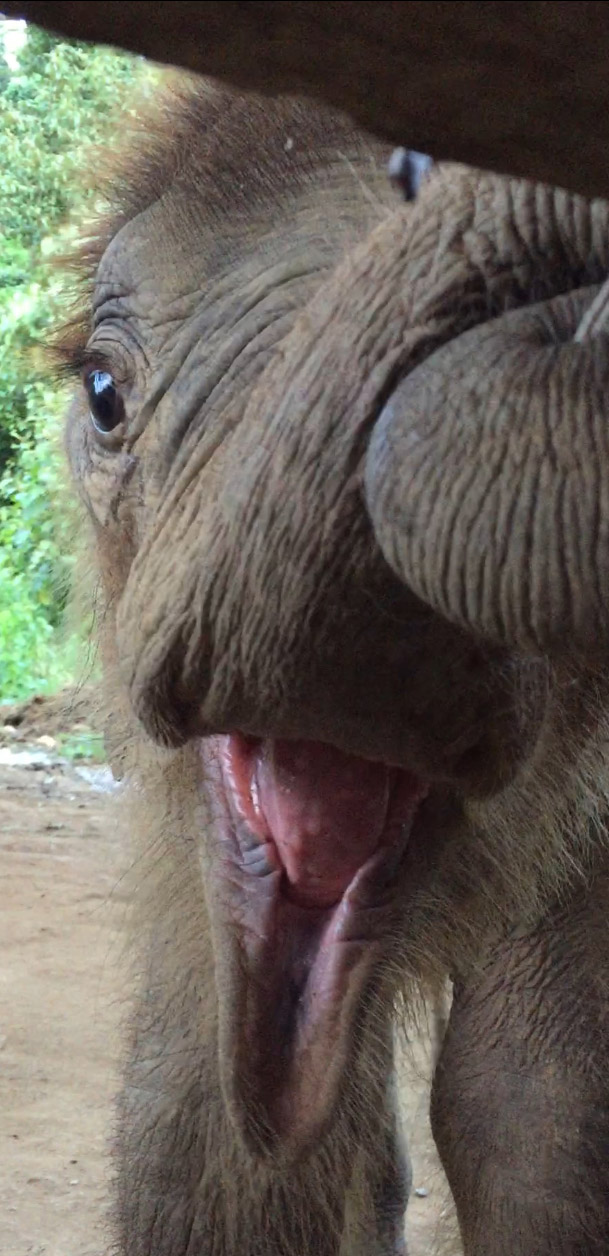
Figure 4 — Pink, moist tongue on a baby elephant looking for food
Gastro-intestinal system — Examine the faeces, which should be formed and with fibres not exceeding a few inches in length.
Skin — Also examine the integumentary system, which should be moist and free of wounds.
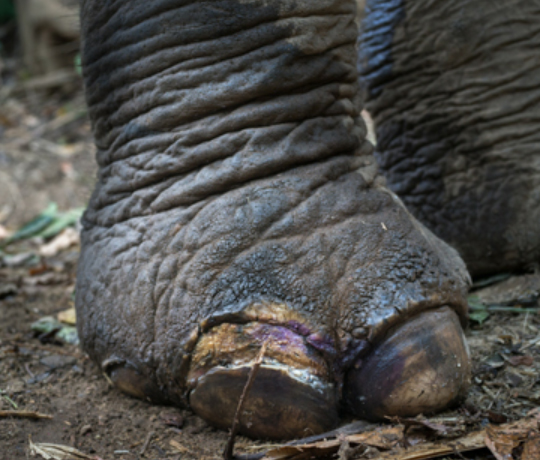
Figure 5 — Carefully assess elephant's feet for cracks and sores of the skin, including the nails.
Body Condition Score
A number of BCS systems have bee described and tested in elephants, with weigh scales still being the best tool (when available). In general, areas assess that indicate the degree of BCS are: the backbone, pelvic bone, ribs and, to a lesser extent, the temporal fossa. Most active/working animals will have a BCS around 3.
BCS lower than 3 or higher than 4 are equally as concerning for the general health of the animal.
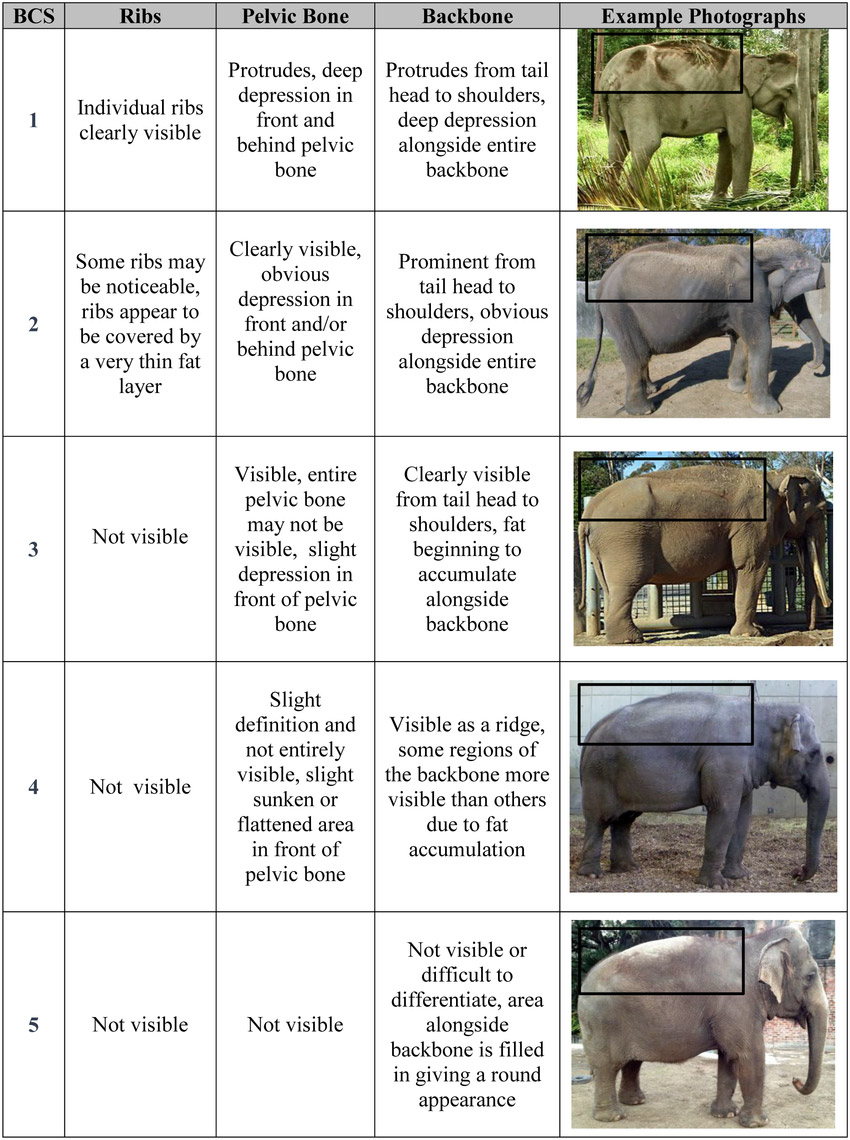
Figure 6 — BCS index for Asian elephants – this should be adjusted accordingly when assessing African elephants. Figure from Morfeld et al. (2016) PLOS ONE DOI: 10.1371/journal.pone.0155146
For the original image and more info on BCS please refer to:
Assessment of Body Condition in African (Loxodonta africana) and Asian (Elephas maximus) Elephants in North American Zoos and Management Practices Associated with High Body Condition Scores
© WVS Academy 2025 - All rights reserved.